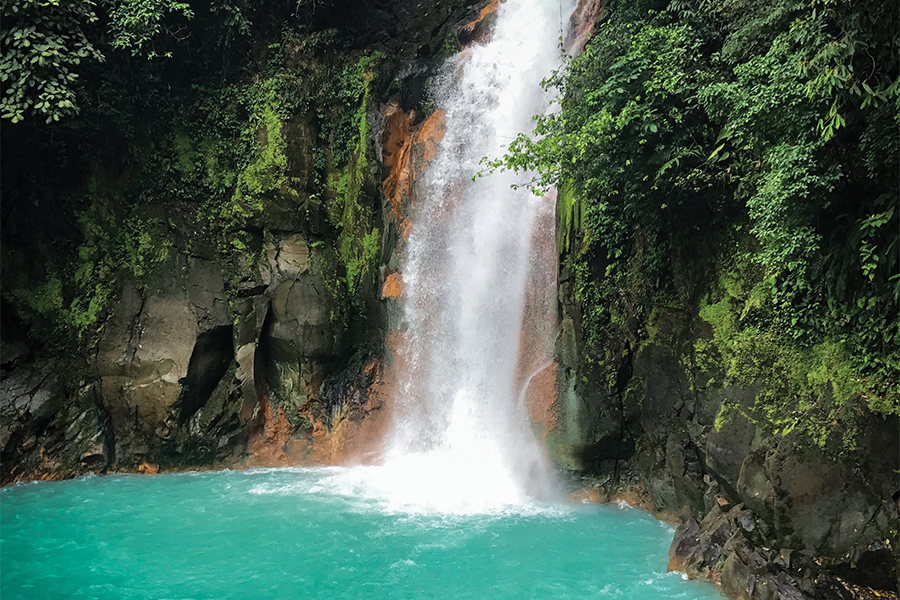St. Augustine, Florida

History buffs love its origin story, beachgoers prize its shoreline, and fans of quirky outings have a mythical fountain of youth to search for in St. Augustine, Florida, which is the ultimate multi-hy-phenate destination for couples, families and large groups looking for a variety of fun in the sun.
First, some background: St. Augustine bills itself as the nation’s oldest city (also the Ancient City) after its founding in 1565 by Spanish explorers. Hold up—you might be thinking, “Wasn’t that the Jamestown colony in Virginia or Plymouth Rock, Massachusetts, where the Mayflower landed?” St. Augustine has both beat by decades as the first continuously occupied European settlement after Spanish explorer Ponce de Leon first discovered Florida in the early 1500s. Don Pedro Menendez de Aviles later established the city and named it after the patron saint of brewers.
The first must-visit site looming over much of St. Augustine is the “castle,” or the Castillo de San Marcos national monument, set on the Matanzas River. The oldest masonry fort in the continental United States, this stone fortress was built to protect the area through years of attacks, mainly by the British. Construction began in 1672 and took 23 years. It is made of coquina, a tough limestone that includes broken shells, which make it nearly impenetrable and also fire resistant. The fort is huge, so plan on spending at least four hours to properly examine the inner rooms and outer walls and to grasp its enormity. There are historical re-enactments and daily cannon firings for a sense of what went on within the fort’s walls over the centuries. As with many fortifications, Castillo de San Mar-cos also once served as a military prison and reportedly held three signers of the Declaration of Independence during the Revolutionary War.
St. Augustine’s mix of history and expansion is reflected in its European inspired architecture, with a charming historic downtown of brick Spanish Colonial and Renaissance Revival buildings, walk-able streets, waterfront inns, shops and restaurants. The district is on the National Register of Historic Places, and popular stops include the Lightner Museum, the Alcazar Hotel and the Ximenez-Fatio House Museum.
The area is also dominated by maritime (and pirate-themed) influences. Another must-hit attraction is the St. Augustine Lighthouse & Maritime Museum on Anastasia Island. Climb the black-and-white striped lighthouse that was built in 1874 for a panoramic view of the area inland, the adjacent Conch Island and the Atlantic Ocean. Other attractions that take advantage of the waterfront location include the St. Augustine Shipwreck Museum, dinner boat tours, multiple seafood restaurants, fishing from various piers and multiple public beaches, including the St. Augustine, Crescent and Vilano beaches.
Finally, for those who love some mystery and mischievousness while traveling, Atlas Obscura—plus other websites for insider travel highlights—highly rate St. Augustine, in part because its 450-year history allows for some storied sites. There’s the Dungeon Under the Stairs at the Oldest Wooden Schoolhouse, and there’s also a sacred cat rug woven from cat hair at the Villa Zorayda Museum. The lore of Ponce de Leon’s quest for the fountain of youth also has inspired area attractions. One tourist destination in St. Augustine claims to be the site where de Leon landed, looking for magical spring waters. While the explorer’s motivations remain mythical, the Fountain of Youth National Archaeological Park, created by one Luella Day McConnell in 1904, offers a treasure hunt beyond the pirate variety.





